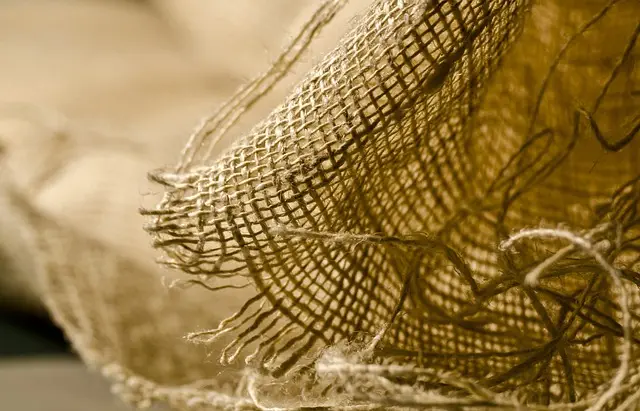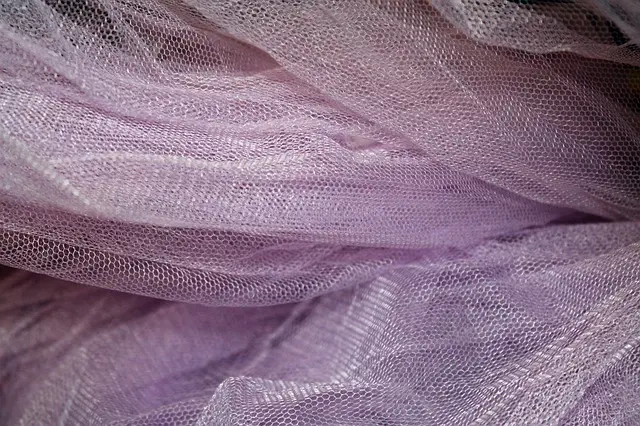Purple Vein Kratom capsules are derived from the Mitragyna speciosa plant and are celebrated for their unique alkaloid profile influenced by Southeast Asian environmental conditions. These capsules offer a balanced effect between stimulation and calmness, which can be adjusted by dosage. The outdoor cultivation of this strain in its native environment is key to preserving its authentic effects and ensuring sustainability. This method leverages natural sunlight and soil to potentially enhance the alkaloid content, with careful consideration given to replicating Southeast Asian conditions such as humidity, rainfall, and temperature. Soil quality is paramount, requiring rich, well-draining, and slightly acidic soil with consistent organic matter additions. Pruning and training techniques are employed to increase plant robustness and alkaloid concentration. Pest and disease management are crucial to maintain the strain's unique qualities without contamination. The end product—Purple Vein Kratom capsules—offers a consistent, potent experience due to the careful selection and processing of mature leaves, a precise drying process, and encapsulation that locks in the full spectrum of active compounds. This holistic approach from cultivation to capsule production aims to deliver a high-quality, efficacious product that highlights the benefits of growing kratom outdoors for optimal alkaloid content.
Discover the unique properties of Purple Vein Kratom Capsules, a botanical supplement renowned for its distinct effects and rich origins. This article delves into the cultivation of these captivating capsules, particularly focusing on the best practices for growing Kratom outdoors. Learn how to harvest and process this special variety to ensure maximum potency in your capsule formulation, enhancing both the efficacy and enjoyment of this intriguing plant’s benefits. Join us as we explore the nuances of Purple Vein Kratom Capsules and provide you with a comprehensive guide to understanding their origins, effects, and the cultivation process that brings them to fruition.
- Understanding Purple Vein Kratom Capsules: A Guide to Their Origins and Effects
- Cultivating Kratom Outdoors: The Essentials of Growing Purple Vein Kratom
- Maximizing Potency: Harvesting and Processing Purple Vein Kratom for Capsule Formulation
Understanding Purple Vein Kratom Capsules: A Guide to Their Origins and Effects

Understanding Purple Vein Kratom Capsules begins with recognizing their origins in the mitragyna speciosa plant, native to Southeast Asia. This botanical, also known as kratom, has been a subject of traditional use and recent global interest for its potential effects. The purple vein variety is distinct from other kratom strains due to its unique alkaloid profile, which is influenced by various factors including soil quality, climate conditions, and the specific cultivation practices employed, such as growing kratom outdoors in its natural environment. These alkaloids, primarily mitragynine and 7-hydroxymitragynine, are responsible for the diverse effects users may experience.
Purple Vein Kratom capsules offer a standardized dose form that has gained popularity among users seeking the plant’s effects without the bitterness of the raw leaf. The capsules can provide a balanced experience, often characterized by a sedating yet energizing effect, which is appreciated by many for its stimulating properties at lower doses and a calming, analgesic effect at higher dosages. The growing trend of cultivating kratom outdoors in Southeast Asia not only preserves the authenticity of the plant’s effects but also supports sustainable practices that align with the ecological footprint of the crop. This method of growing kratom outdoors, under the natural conditions it thrives in, is crucial for maintaining the integrity of its effects and ensuring a consistently high-quality product for consumers around the world.
Cultivating Kratom Outdoors: The Essentials of Growing Purple Vein Kratom

Growing Purple Vein Kratom outdoors presents a unique set of challenges and opportunities for cultivators seeking to harness the natural qualities of this botanical. Unlike its green-veined counterpart, Purple Vein Kratom requires specific environmental conditions that mirror its native habitat in Southeast Asia. To successfully cultivate this variant, one must first understand the optimal conditions for its growth. The climate should be humid with moderate rainfall to mimic the monsoon climates where Kratom is indigenous. Temperature plays a pivotal role as well; Purple Vein Kratom thrives in areas that experience warm days and slightly cooler nights, which can be achieved through careful selection of planting sites and potentially using shade cloths if necessary.
Soil quality is also paramount for the growth of high-quality Purple Vein Kratom. The soil should be rich, well-draining, and slightly acidic. Organic matter must be consistently added to maintain soil fertility and structure. Regular pruning and training of the plants can encourage more robust growth and a higher alkaloid content, which is desirable for the potent effects associated with this strain. Additionally, when growing Kratom outdoors, it’s crucial to monitor for pests and diseases that could threaten the crop. Integrated pest management practices should be employed to prevent infestations without relying heavily on chemical pesticides, which can be detrimental to the plant’s alkaloid profile and overall health. With diligent care and attention to these essential factors, cultivators can produce a bountiful harvest of Purple Vein Kratom capsules, providing users with the unique benefits this particular strain offers.
Maximizing Potency: Harvesting and Processing Purple Vein Kratom for Capsule Formulation

Known for its unique alkaloid profile and potential effects, Purple Vein Kratom capsules are a popular choice among consumers seeking natural wellness support. The potency of these capsules is significantly influenced by the care taken during the cultivation and processing stages. Growing kratom outdoors offers a more sustainable approach, as it harnesses the natural light spectrum and soil conditions that can contribute to a richer alkaloid content. Outdoor-grown kratom plants are subject to environmental variables such as temperature fluctuations and rainfall patterns, which can enhance the plant’s resilience and the concentration of its active compounds.
Once harvested, the processing method plays a pivotal role in maintaining the integrity of the plant’s potency. The leaves are carefully selected, ensuring that only the mature ones with the desired pigmentation are chosen for the capsule formulation. After collection, the leaves undergo a meticulous drying process to preserve their alkaloid content. This is followed by a precise grinding to achieve a uniform powder consistency necessary for encapsulation. The final step involves filling these fine powders into gelatin capsules, which seals in the potency of the Purple Vein Kratom. This entire process from farm to capsule is designed to optimize the alkaloid content, ensuring that consumers receive a product with consistent and effective properties.
Growing purple vein Kratom outdoors can be a rewarding endeavor for those interested in this unique plant. The cultivation process, detailed in our guide, is pivotal in maintaining the potency and quality of the final product. When it comes to formulating purple vein Kratom capsules, understanding the origins and effects of the strain ensures users approach its use with informed discernment. By adhering to best practices for harvesting and processing, enthusiasts can maximize the efficacy and purity of their capsules, ensuring a consistent and potent experience. As a cultivator or user, embracing the nuances of purple vein Kratom and its growth requirements outdoors will yield a product well-suited to those seeking its unique benefits.






